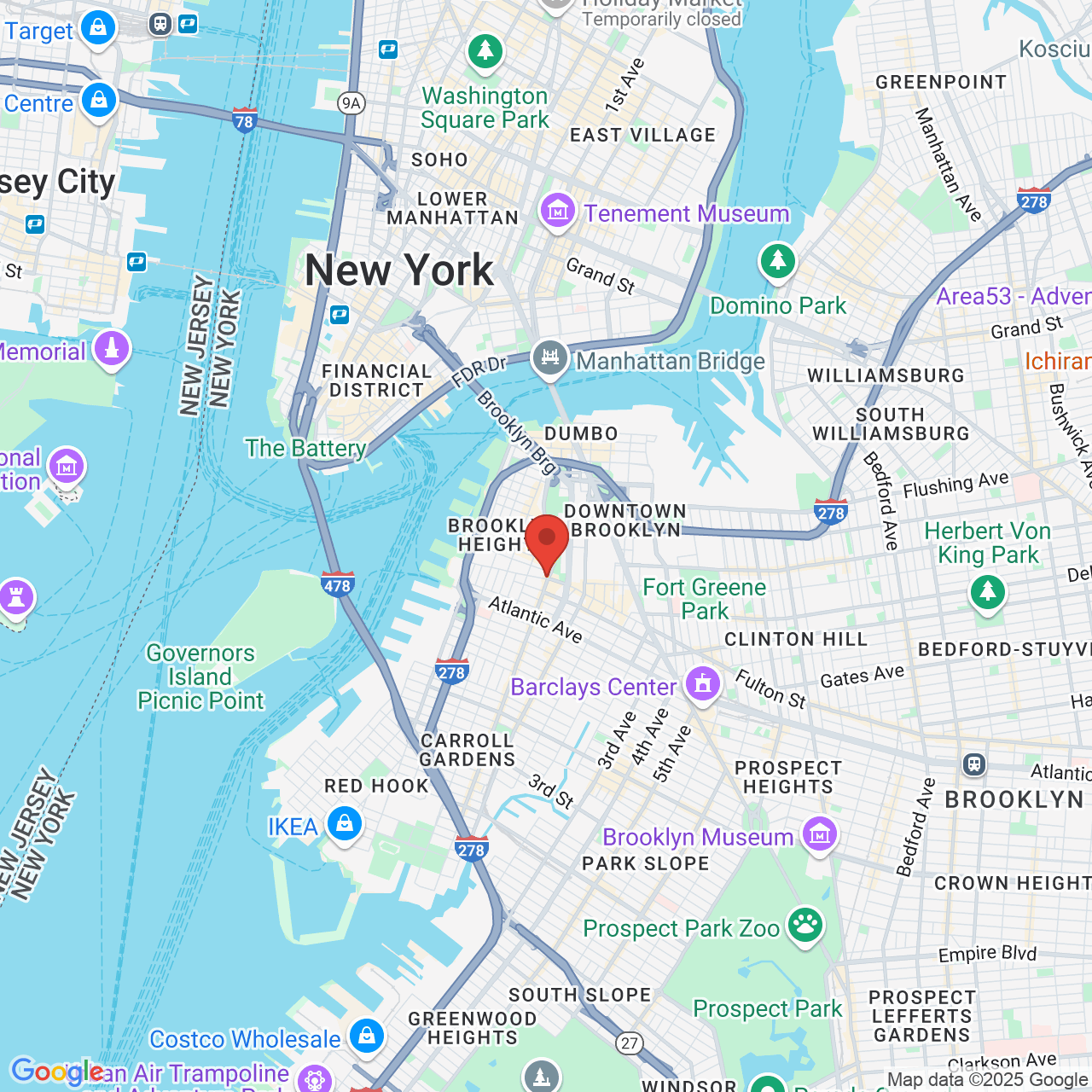About the Different Types of Tooth Discoloration
 At Brooklyn Heights Dental, it's of the utmost importance to us that patients get the treatment that they need in order for their smiles to look the very best. When it comes to tooth discoloration and stains, this usually means teeth whitening. Teeth whitening is definitely one of the most effective ways to get rid of stains and discoloration, but it's not the only option. The type of tooth discoloration that a person suffers from will define the ideal treatment. Let's explore this issue right now.
At Brooklyn Heights Dental, it's of the utmost importance to us that patients get the treatment that they need in order for their smiles to look the very best. When it comes to tooth discoloration and stains, this usually means teeth whitening. Teeth whitening is definitely one of the most effective ways to get rid of stains and discoloration, but it's not the only option. The type of tooth discoloration that a person suffers from will define the ideal treatment. Let's explore this issue right now.
Extrinsic Dental Stains
Extrinsic stains are probably the most common and well known kinds of dental stains. This refers to tooth discoloration that begins at enamel layer of a tooth, which the surface layer of a tooth.
Causes of Extrinsic Dental Stains
The most common causes of extrinsic tooth discoloration are foods, beverages, and other substances that come into contact with the external parts of the teeth. This includes:
- Red wine
- Coffee
- Tea
- Cola
- Blueberries
- Curries
- Beets
- Carrots
- Tobacco products
Tooth decay can also cause extrinsic tooth discoloration to occur to a certain degree.
Treatments for Extrinsic Dental Stains
The most common treatment option for extrinsic dental stains is teeth whitening, which bleaches the external tooth structure that has been discolored. For major stains that do not respond well to teeth whitening, the best option for treatment is generally porcelain veneers.
Intrinsic Dental Stains
Intrinsic stains refer to discoloration that originates at the dentin layer or deeper within the structure of a tooth.
Causes of Intrinsic Dental Stains
There are many different causes of intrinsic dental stains. Some of the most common causes are:
- Internal infection of a tooth (e.g., root canal infection)
- Trauma to a tooth
- Use of tetracycline as a child
- Overexposure to fluoride
Treatments for Intrinsic Dental Stains
Since the source of the stain is internal, these kinds of stains do not respond well to teeth whitening treatment, which can only access the topmost layer of a tooth's structure.
For intrinsic stains, the ideal treatment tends to be the use of a porcelain veneer, which conceals the topmost layer of a tooth from view. A dental crown can also be used for very serious issues related to tooth discoloration and stains. When trauma to the tooth or infection is the cause of the stain, it's important that restorative care be used first to address the health issue before any aesthetic treatment.
Age-Related Tooth Discoloration: A Mix of Intrinsic and Extrinsic Factors
The natural aging process can take its toll on your smile. Age-related tooth discoloration is generally caused by a mix of both external and internal factors, making them more difficult to treat in many cases.
Designing a Treatment Plan Just for You
For age-related teeth whitening, we will carefully assess your dental health as well as the overall look of your smile. A combination of teeth whitening, porcelain veneers, and restorative care may be involved in order to address the health, wellness, and beauty of your smile. We will work closely with you to ensure that you get the treatment that you need.
Learn More About Treatments for Dental Stains and Discoloration
If you would like more information about tooth discoloration and your many options out there for getting the most beautiful smile possible, be sure to contact our cosmetic and restorative dentistry practice today. The team here at Brooklyn Heights Dental looks forward to your visit and the discussion we will have about your total health and wellness.



